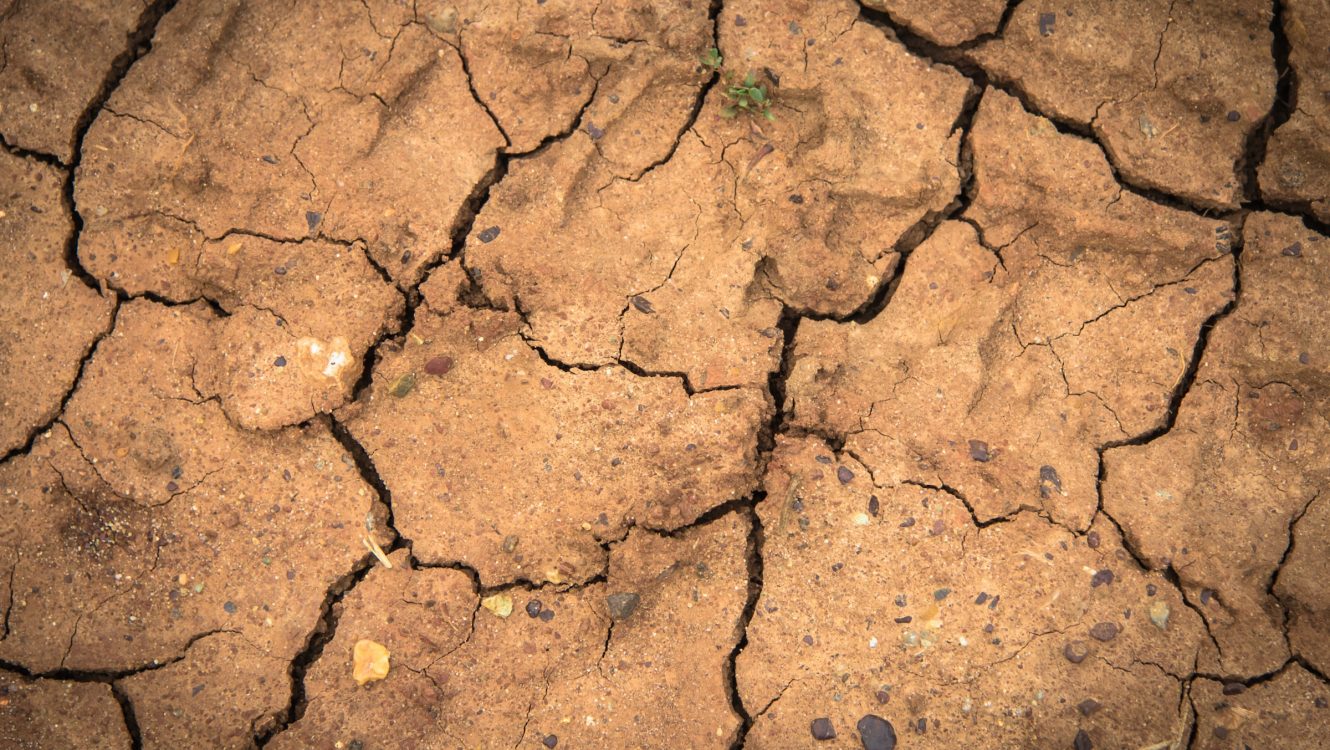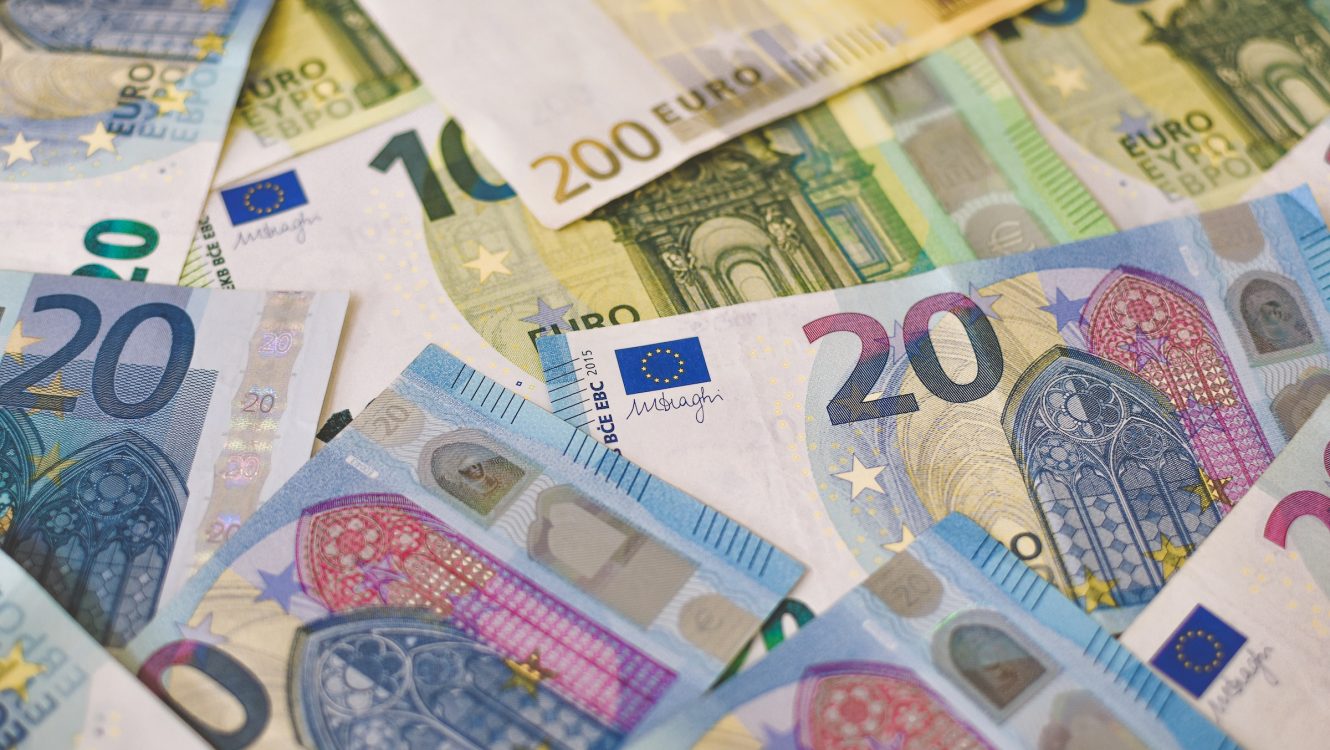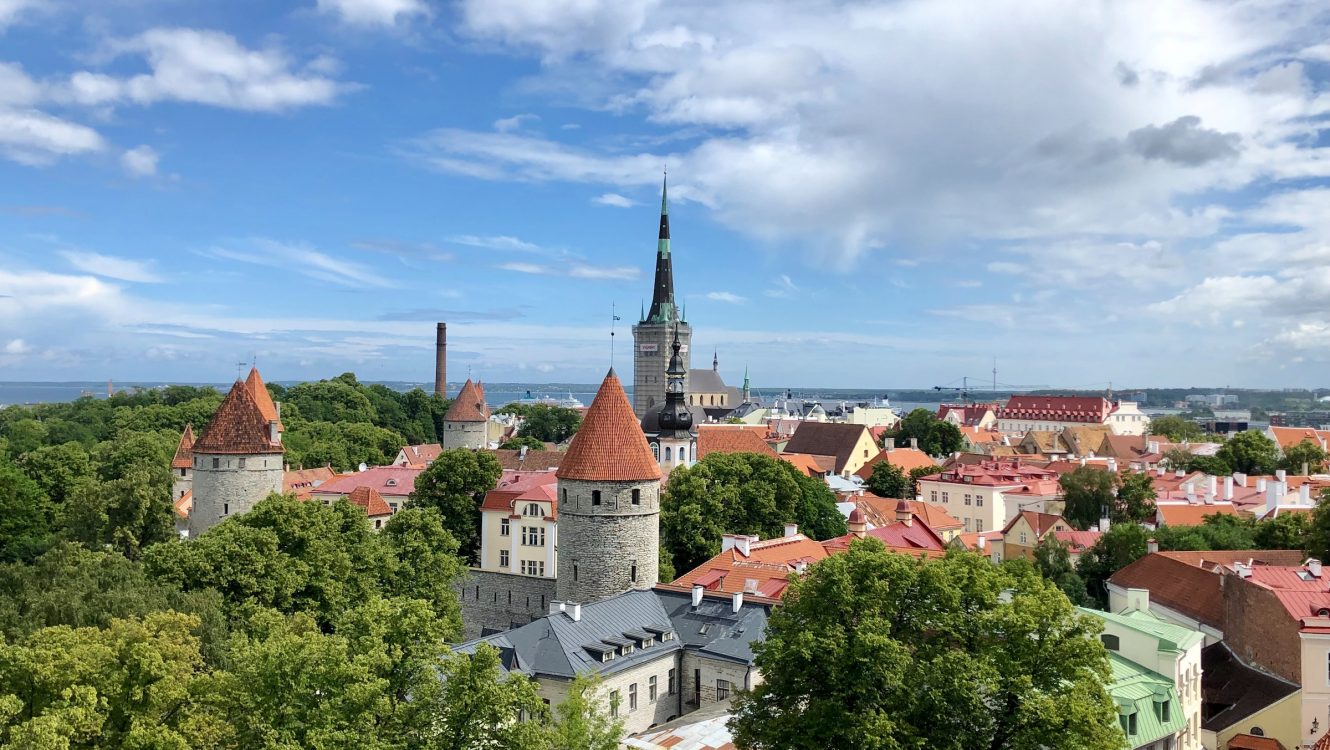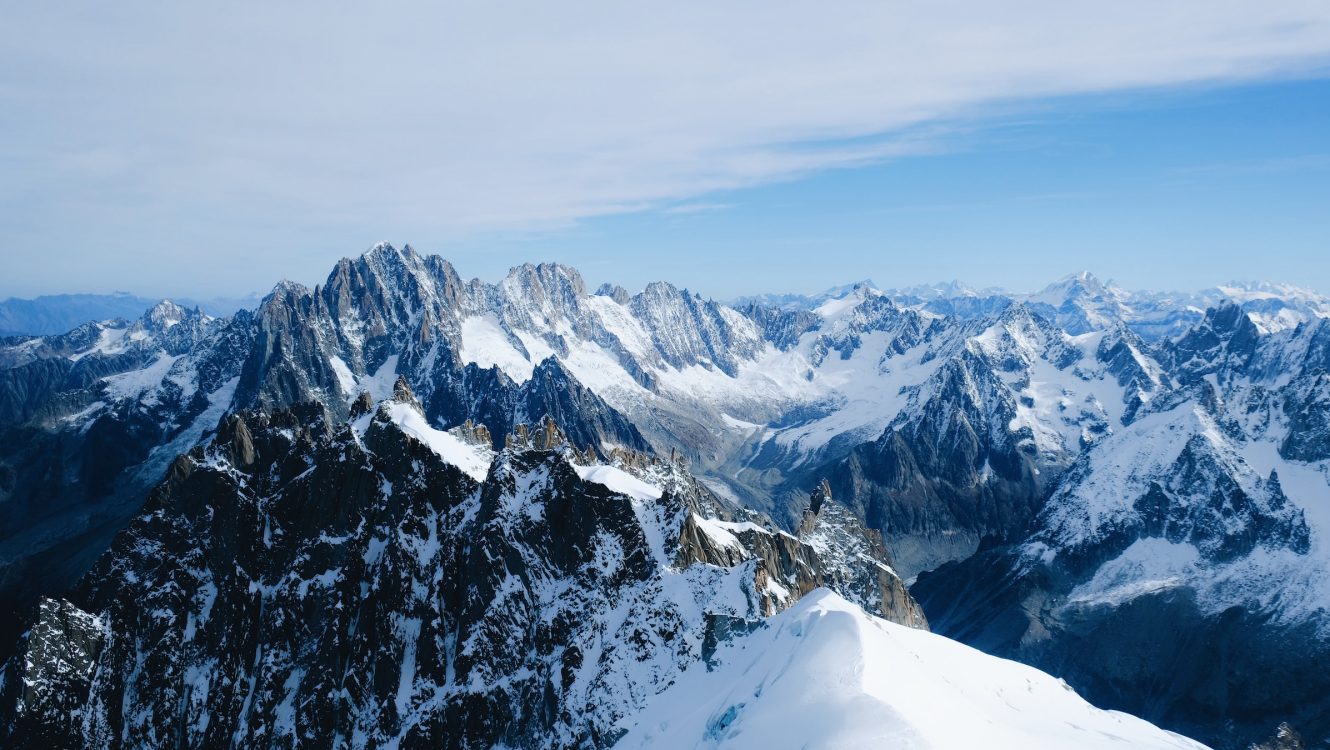Drought in the Amazon: El Niño’s Toll on Brazilian Livelihoods
In the heart of Brazil’s Amazon rainforest, a once-thriving floating village sits eerily stranded, its pathways and homes now entrenched in mudflats. The ripple effect of the severe drought, which has been wreaking havoc on this intricate ecosystem, is being deeply felt by the inhabitants of Lake Puraquequara and its surrounding regions.
Village Marooned, Livelihoods Paralyzed
Gone are the days when motorboats would weave seamlessly across Lake Puraquequara, transporting fresh fish, fruits, vegetables, and eager tourists to the confluence of the Rio Negro and Solimoes River. These tributaries, which together form the colossal Amazon River, have long been the village’s lifeline, sustaining its economy and way of life.
However, as Isaac Rodrigues, a local resident, solemnly notes, the drying lake has not only impeded transportation but has also cut them off from the outside world. “Our shops have no customers. We are isolated; boats cannot enter or leave the lake. We’re going to be here until God sends us water.”

El Niño and its Detrimental Impact
Brazil’s government, while recognizing the gravity of the situation, attributes the drastic drought in the Amazon and flooding in the southern parts of the country to the El Niño phenomenon. This climate anomaly, characterized by a warming of the Pacific Ocean’s surface water, has long had profound implications for weather patterns worldwide.
But the dire effects of this year’s El Niño are particularly pronounced in the Amazon. Not only have rivers dwindled, but heaps of dead fish have also been accumulating, drastically affecting the food and drinking water supply of local communities. The situation is so extreme that over 120 rare river dolphins have been found dead, suspected to be victims of the intense heat and drought.
The Fight for Survival
For the residents of Lake Puraquequara, the struggle is palpable. With the lake’s water receding, fresh drinking water has become scarce. Ivalmir Silva, in a desperate bid for sustenance, spent an entire day attempting to dig a waterhole in the evaporating mudflat.
The drought has also crippled the local economy. Otenisio de Lima, a shopkeeper who once relied on fishermen’s daily catches and fresh produce deliveries, spoke of the grim reality: “Everything has become so difficult. Sales have dropped, and there are days when we barely make enough to live on.”

A Bleak Outlook Amid Uncertainty
As the world grapples with the changing climate and its cascading impacts, communities like those in Lake Puraquequara stand as poignant reminders of the human toll. They are at the mercy of environmental fluctuations, with their daily lives and futures hanging in the balance.
Raimundo Silva do Carmo, another shop owner affected by the drought, reflects on the current situation with a mix of hope and resignation: “Let’s see what God does for us.”
The Amazon’s plight underscores the pressing need for global action and cooperation in addressing and mitigating the effects of climate change, not only for the environment but for the countless lives depending on it.
©globalgreenhouse.eu








